Distance Sensing Overview: [Definition, Types, Applications, Features and Buying guide]
Do you ever wonder how robots can detect obstacles or how self-driving cars can avoid collisions? The answer lies in distance sensors. These devices play a crucial role in measuring the distance between an object and the sensor, providing accurate and reliable data that enables machines to make intelligent decisions. With a wide range of applications across different industries, distance sensors are essential tools for automation, robotics, and many other advanced technologies. In this era of technological advancements, the importance of distance sensors cannot be overstated, and understanding their functions and applications can help us unlock even more exciting possibilities for the future.
What is the Distance Sensor?
A distance sensor is a device that can measure the distance between itself and an object or surface. There are many types of distance sensors available, including ultrasonic sensors, laser range finders, infrared sensors, and more.
Ultrasonic sensors work by emitting high-frequency sound waves and measuring the time it takes for the waves to bounce back from an object. Laser rangefinders use a laser beam to calculate the distance to an object based on the time it takes for the laser light to reflect. Infrared sensors work by emitting a beam of infrared light and measuring the time it takes for the light to bounce back from an object.
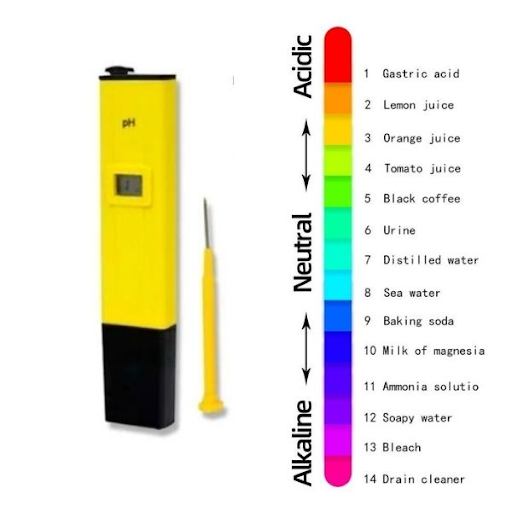
Fig 1. Ultrasonic Sensor HC-SR04
Distance sensors are commonly used in robotics, automation, and other applications where accurate distance measurements are necessary. They can be used for obstacle detection, object tracking, and positioning, among other things.
Types of the Distance Sensor
Ultrasonic Sensor
An ultrasonic sensor is a type of distance sensor that uses sound waves to determine the distance between the sensor and an object. The sensor emits high-frequency sound waves that bounce off the object and return to the sensor. By measuring the time it takes for the sound waves to return, the sensor can calculate the distance to the object.
The basic operation of an ultrasonic sensor involves the emission of an ultrasonic wave by a transducer. The wave travels through the air until it reaches an object, where it is reflected back to the sensor. The sensor then measures the time it takes for the wave to travel to the object and back, and uses this information to calculate the distance to the object.
To achieve accurate distance measurements, ultrasonic sensors typically emit sound waves at a frequency of 40 kHz or higher. The sensor can also be designed to emit a series of pulses or continuous waves, depending on the specific application requirements.
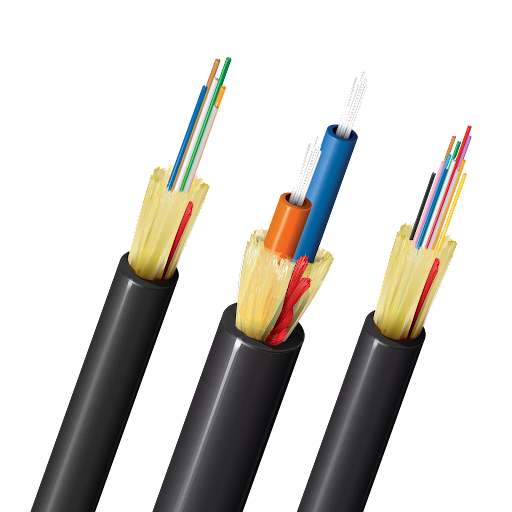
Fig 2. Ultrasonic sensors with teach button
Infrared Sensor
An infrared (IR) sensor is another type of distance sensor that uses infrared light to determine the distance between the sensor and an object. The sensor emits IR light, which reflects off the object and is detected by the sensor. By measuring the amount of reflected light, the sensor can calculate the distance to the object.
The basic operation of an IR sensor involves the emission of IR light by an IR LED or a laser diode. The light travels through the air until it reaches an object, where it is reflected back to the sensor. The sensor then measures the amount of reflected light and uses this information to calculate the distance to the object.
To achieve accurate distance measurements, IR sensors typically operate at a wavelength of around 850 nm or 940 nm. The sensor can also be designed to emit a series of pulses or continuous waves, depending on the specific application requirements.
One advantage of IR sensors over ultrasonic sensors is that they can be used in environments where ultrasonic sensors may be disrupted, such as in areas with high levels of noise or vibration. IR sensors are also smaller and more lightweight than ultrasonic sensors, making them suitable for applications where size and weight are critical factors.

Fig 3. IR distance sensor
Laser Rangefinder
A laser rangefinder is a type of distance sensor that uses laser light to determine the distance between the sensor and an object. The sensor emits a laser beam that reflects off the object and is detected by the sensor. By measuring the time it takes for the laser beam to travel to the object and back, the sensor can calculate the distance to the object.
The basic operation of a laser rangefinder involves the emission of a laser beam by a laser diode. The beam travels through the air until it reaches an object, where it is reflected back to the sensor. The sensor then measures the time it takes for the laser beam to travel to the object and back, and uses this information to calculate the distance to the object.
To achieve accurate distance measurements, laser rangefinders typically operate at a wavelength of around 900-1600 nm, which is in the near-infrared (NIR) range. The sensor can also be designed to emit a series of pulses or continuous waves, depending on the specific application requirements.
One advantage of laser rangefinders over other distance sensors is their high accuracy and precision. They can measure distances with an accuracy of a few millimeters, making them suitable for applications where precise distance measurements are required. However, laser rangefinders are typically more expensive than other types of distance sensors and require careful alignment and calibration.
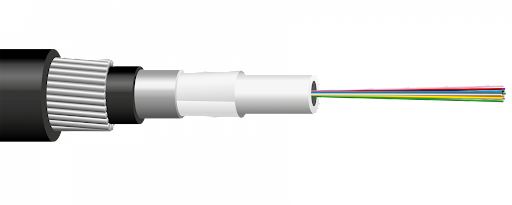
Fig 4. How a Laser Rangefinder Works
Time-Of-Flight Sensor
Imagine you are playing catch with a friend. You throw a ball towards them, and they catch it and throw it back to you. The time it takes for the ball to travel back and forth between you and your friend gives you an idea of how far away they are from you.
A TOF sensor works in a similar way, but instead of a ball, it uses light waves to determine distance. The sensor emits a pulse of light that travels through the air and bounces off an object. The sensor then measures how long it takes for the light pulse to return to the sensor. By knowing the speed of light and the time it took for the pulse to travel to the object and back, the sensor can calculate the distance to the object.
TOF sensors are very accurate and fast, which makes them useful in a variety of applications. For example, they can be used in cars to detect objects and prevent collisions, or in robots to navigate around obstacles. They can also be used in gaming devices to detect hand gestures or in smartphones for facial recognition.
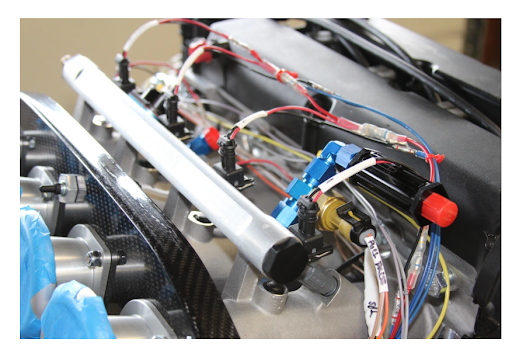
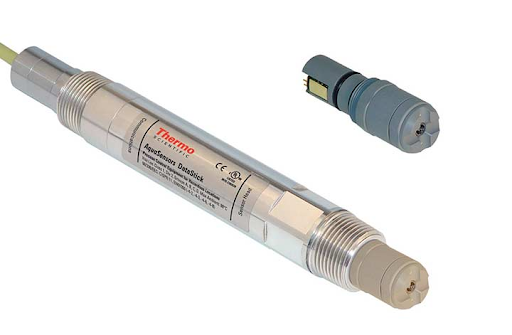
Fig 5. Time of flight principle
Capacitive Sensor
Industrial capacitive sensors work on the same principle as the capacitive sensors in touch screen devices. However, they are designed for use in industrial applications, where they are used to detect the presence or absence of objects, or to measure the distance between the sensor and the object.
In an industrial capacitive sensor, the sensor is connected to an oscillator, which generates an electrical signal. When an object comes into the sensing range of the sensor, it disrupts the electrical field around the sensor, changing the capacitance and altering the frequency of the oscillator. The sensor detects this change and uses it to determine the presence or absence of the object, or the distance to the object.

Fig 6. Capacitive proximity distance sensor
Industrial capacitive sensors are often used in applications where other types of sensors may not be suitable, such as in environments with high levels of dust, moisture, or electromagnetic interference. They are also used in applications where non-metallic objects need to be detected, such as in the food and beverage industry.
Inductive Sensor
Inductive sensors are like metal detectors. Just like how metal detectors work by detecting metal objects, inductive sensors detect metallic objects that come near them.
The sensor has a coil of wire inside it that creates an electromagnetic field. When a metallic object comes near the sensor, it messes up the electromagnetic field and causes a change in the sensor's reading. This change tells the sensor that something is there, and it can then send a signal to a computer or other device.

Fig 7. Typical inductive proximity distance sensor
Inductive sensors are often used in factories and other places where machines need to "see" things that are moving around them. They're especially useful when it's difficult or dangerous to get close to the object being sensed. For example, inductive sensors are often used to detect metal objects on a conveyor belt.
See things around: Find out more about our best-selling inductive sensor throughout the UAE.
What are the Distance Sensor Applications?
Distance sensors have a wide range of applications across various industries. Here are some common applications of distance sensors:
- Robotics: Distance sensors are often used in robotics for object detection, obstacle avoidance, and navigation. They can help robots to navigate complex environments and perform tasks more efficiently and safely.
- Automation: Distance sensors are used in many manufacturing and industrial applications to detect the position and distance of objects. They can be used for quality control, sorting, and positioning tasks.
- Automotive: Distance sensors are commonly used in automotive applications for parking assist, adaptive cruise control, and collision avoidance systems. They can help drivers to park more safely and navigate traffic more efficiently.
- Agriculture: Distance sensors are used in agriculture for precision farming applications. They can help farmers to measure the distance between crops and adjust planting and harvesting equipment accordingly.
- Construction: Distance sensors are used in construction for surveying and measuring distances between objects. They can help construction workers to plan and execute building projects more accurately.
- Consumer electronics: Distance sensors are used in many consumer electronics devices, such as smartphones and tablets, for proximity sensing and touch detection.
- Medical devices: Distance sensors are used in medical devices, such as ultrasound machines, for measuring distances between objects and detecting abnormalities in tissues and organs.
Overall, distance sensors are essential components in many applications where accurate and reliable distance measurement is required.
How can I Calibrate a Distance Sensor?
Calibrating a distance sensor involves adjusting the sensor output to match the actual distance to an object. The exact calibration process can vary depending on the type of distance sensor being used, but here are some general steps that can be followed:
- Obtain a known distance reference: To calibrate a distance sensor, you need a known distance reference to use as a comparison. This can be a physical object of a known size or a reference distance measurement from a separate calibrated device.
- Set up the sensor and reference object: Position the distance sensor and the reference object in a way that allows the sensor to accurately measure the distance to the object. Make sure the sensor is positioned perpendicular to the object and that there are no obstructions between the sensor and the object.
- Take measurements: Take a series of distance measurements using the sensor and compare them to the known distance reference. Record the sensor readings and the actual distance to the reference object for each measurement.
- Analyze the data: Use statistical analysis to determine any discrepancies between the sensor readings and the actual distance measurements. Calculate the average error between the sensor readings and the known distance reference.
- Adjust the sensor output: Adjust the sensor output to match the known distance reference. This can be done by applying a calibration factor to the sensor readings, or by adjusting the sensor's settings to improve its accuracy.
- Repeat the process: Repeat the measurement and analysis process to ensure that the sensor is accurately calibrated. If necessary, make additional adjustments until the sensor output matches the actual distance measurements.
The calibration process can be time-consuming and requires careful attention to detail. However, properly calibrated distance sensors can provide accurate and reliable distance measurements, making them essential for many applications.
The Distance Sensors Performance Characteristics
- Range: The range of a distance sensor refers to the maximum distance that it can reliably detect an object. Different sensors have different ranges, so it's important to choose a sensor with a range that is appropriate for your application.
- Accuracy: Accuracy refers to how close the measured distance is to the actual distance between the sensor and the object being measured. A high accuracy is important when precise measurements are required.
- Resolution: Resolution refers to the smallest distance that a sensor can detect. A higher resolution means that the sensor can detect smaller changes in distance.
- Repeatability: Repeatability refers to how consistent the sensor's readings are when measuring the same object multiple times. A high level of repeatability is important when you need to make the same measurement multiple times.
- Response time: Response time refers to how quickly the sensor can detect a change in distance. A faster response time is important when measuring objects that are moving quickly.
- Environmental factors: The performance of distance sensors can be affected by environmental factors such as temperature, humidity, and interference from other electronic devices. It's important to choose a sensor that is appropriate for the environment in which it will be used.
Important Factors for Choosing a Distance Sensor
When it comes to buying a distance sensor, there are a few important factors to consider. Let's go over them step by step:
1.Range: The first thing to consider is the range of the sensor. What distance range do you need? If you're measuring large distances, you'll need a sensor with a longer range. If you only need to measure short distances, a sensor with a shorter range may be sufficient. Make sure to choose a sensor with a range that fits your needs.
2.Accuracy: The next thing to consider is the accuracy of the sensor. How precise do your measurements need to be? If you need highly accurate measurements, you'll want to choose a sensor with a high level of accuracy. Keep in mind that higher accuracy may come with a higher price tag.
3.Resolution: Resolution refers to the smallest distance that a sensor can detect. If you need to measure small changes in distance, you'll want to choose a sensor with a high resolution. Higher resolution sensors may be more expensive, so consider whether the increased resolution is necessary for your application.
4.Repeatability: Repeatability refers to how consistent the sensor's readings are when measuring the same object multiple times. If you need to make the same measurement multiple times, choose a sensor with a high level of repeatability. This will ensure that your measurements are consistent and reliable.
5.Response time: Response time refers to how quickly the sensor can detect a change in distance. If you need to measure objects that are moving quickly, you'll want to choose a sensor with a fast response time. Keep in mind that sensors with faster response times may be more expensive.
6.Environmental factors: Finally, consider the environment in which the sensor will be used. Is it exposed to harsh conditions like temperature, humidity, or electromagnetic interference? Make sure to choose a sensor that is appropriate for the environment in which it will be used.
By considering these factors, you can choose a distance sensor that is appropriate for your application and budget. If you have any questions or need help choosing a sensor, don't hesitate to ask!
Conclusion
In conclusion, distance sensors are important devices that are used to measure the distance between an object and the sensor. There are several types of distance sensors available, including ultrasonic, laser, infrared, and optical sensors. The choice of the sensor will depend on the specific requirements of the application, including the measurement range, accuracy, resolution, response time, environmental conditions, and budget.
Distance sensors have a wide range of applications across different industries, including robotics, automation, security systems, automotive, industrial manufacturing, construction, agriculture, and medical devices. It's important to choose a sensor that is suitable for the specific use case and environmental conditions. Additionally, appropriate safety measures and protocols should be followed when using distance sensors, especially in hazardous environments.
To Recap
Here are some frequently asked questions about distance sensors:
1.What is a distance sensor?
A distance sensor is a type of sensor that measures the distance between an object and the sensor.
2.What are the different types of distance sensors?
There are several types of distance sensors, including ultrasonic sensors, laser sensors, infrared sensors, and optical sensors.
3.What is the range of a distance sensor?
The range of a distance sensor can vary depending on the specific type and model of the sensor. Some sensors may have a range of a few centimeters, while others may be able to measure distances of several meters.
4.What is the accuracy of a distance sensor?
The accuracy of a distance sensor can also vary depending on the specific type and model of the sensor. Some sensors may have an accuracy of a few millimeters, while others may have an accuracy of a few centimeters or more.
5.How do I choose the right distance sensor for my application?
Choosing the right distance sensor involves considering factors such as the measurement range, accuracy, resolution, response time, environmental conditions, and cost. It's important to choose a sensor that provides the necessary performance while also fitting within the budget.
6.Can distance sensors be calibrated?
Yes, distance sensors can be calibrated to ensure accurate measurements. The calibration process may vary depending on the specific type and model of the sensor.
7.What are some common applications of distance sensors?
Distance sensors are used in a wide range of applications, including robotics, automation, security systems, and distance monitoring in various industries.
8.Can distance sensors be used in outdoor environments?
Yes, some distance sensors are designed to work in outdoor environments.
However, it's important to choose a sensor that is designed for specific environmental conditions and meets the necessary performance requirements.
9.Can I use a distance sensor in a hazard place?
Whether a distance sensor can be used in a hazardous place depends on the specific sensor and its level of protection against environmental hazards. Some distance sensors are designed to be used in hazardous environments and have specific certifications to prove their suitability for such applications.
For example, some distance sensors are rated for use in hazardous areas where there may be explosive gasses or dust. These sensors are typically designed with explosion-proof housings and other protective features that prevent the ignition of flammable substances.
However, it's important to note that not all distance sensors are suitable for use in hazardous environments. Before using a distance sensor in a hazardous area, it's important to carefully review the manufacturer's specifications and certifications to ensure the sensor is designed and tested for use in such environments. Additionally, appropriate safety measures and protocols should be in place to minimize the risk of accidents or incidents.
References
https://www.baumer.com/us/en/product-overview/dis...
https://howtomechatronics.com/tutorials/arduino/u...
https://www.wenglor.com/Ultrasonic-Sensors/Distan...
https://www.terabee.com/choosing-right-distance-s...
https://www.makerguides.com/sharp-gp2y0a710k0f-ir...
https://opticsmag.com/how-laser-rangefinders-work...
https://www.eaton.com/us/en-us/products/controls-...
https://mytectutor.com/how-to-measure-distance-us...
Recent Posts
-
Booster Pump Troubleshooting and Maintenance: How to Fix and Prevent Common Issues
1. Introduction Imagine turning on your faucet only to be greeted with a weak trickle of water when …22nd Apr 2025 -
Energy-Efficient Booster Pumps: Selection and Tips for Maximizing Performance
1. Introduction Imagine never having to deal with fluctuating water pressure, noisy pumps, or skyroc …19th Apr 2025 -
Booster Pumps for Sustainable Water Systems: Irrigation and Rainwater Harvesting Solutions
1. Introduction Water scarcity is no longer a distant threat—it’s a reality affecti …16th Apr 2025

![Distance Sensing Overview: [Definition, Types, Applications, Features and Buying guide] Distance Sensing Overview: [Definition, Types, Applications, Features and Buying guide]](https://cdn11.bigcommerce.com/s-sgprcd6/images/stencil/1193x795/uploaded_images/distance-sensing-overview-definition-types-applications-features-and-buying-guide-.jpg?t=1682491987)


